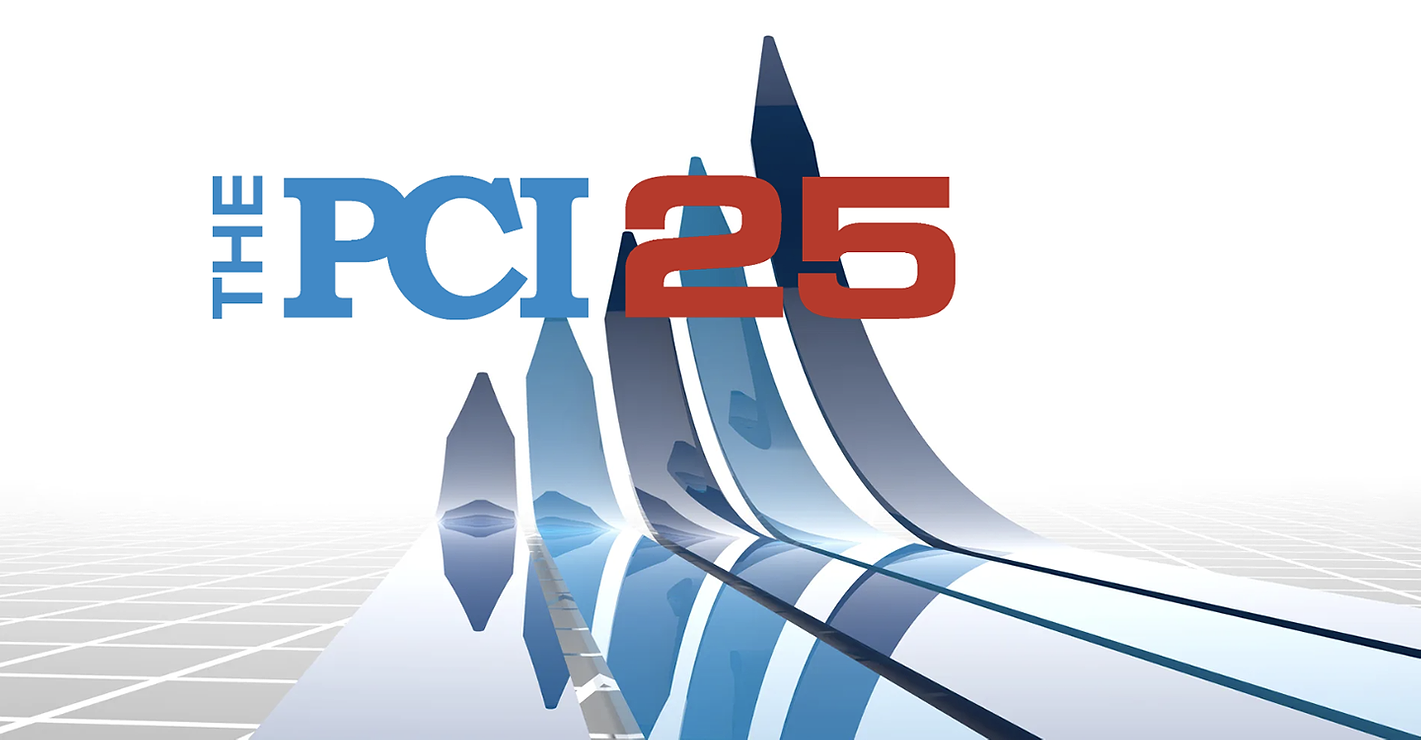Nuts and Bolts of Coatings Formulation

Acid-catalyzed finishes have been used for years in a variety of wood coatings applications, including cabinetry and office furniture. Typical acid-catalyzed alkyd/amino systems, commonly described as "conversion varnish," exhibit fast cure speed at ambient or low bake conditions. They are used for their durability and resistance to household chemicals and moisture. Formulation challenges include potlife, sag, discoloration, weather conditions and cure speed, to name just a few.
This article will provide an overview of formulating techniques and the various components that go into a conversion varnish. You can use this information as a basis from which to tailor a formulation to meet your specific needs.

Formulating Techniques
Before beginning to formulate a conversion varnish, there are several things to consider. The solids content of clear conversion varnish is normally 30% to 50%, with around 40% being most common. Products are formulated to allow an 8-hour potlife under typical conditions, although hot or humid conditions decrease potlife. There is also a recoat "window," during which time a second coat may be applied without lifting. This, too, can be affected by temperature, humidity and air movement. Troubleshooters often address these problems by varying the catalyst level or solvent addition. Cure speed can also be adjusted by choice of resins, catalyst level and solvent blend. Occasionally, CAB (cellulose acetate butyrate) is used to add a measure of physical drying to a formula. The solvent composition, in combination with flow and wetting agents, is used to adjust the flow properties and appearance on a given substrate.
The remainder of this article discusses the various components commonly used when formulating conversion varnish.

Conversion Varnish Components
Amino ResinsUrea resins, the most common amino resin in conversion varnish, are used for their low cost and cure speed. They react rapidly at low temperature when catalyzed with strong acids. The most commonly supplied alkylated ureas are methylated, butylated and isobutylated types. To increase water and chemical resistance, melamine resins can be used in combination with ureas in conversion varnish. Urea resins are supplied at 60% to 100% solids, while melamine resins normally used in conversion varnish are supplied at over 90% solids. They are generally not used alone because wood substrates cannot be baked at temperatures required for rapid melamine cure, but they cure more slowly at low temperatures.
Alkyd Resins
As a primary binder, alkyd resins are a critical ingredient in a coating formulation. Short oil coconut alkyds are the most commonly used, imparting low color and good cure response. They exhibit good adhesion, provide an excellent appearance in the finished film and are relatively inexpensive. They are commonly supplied in toluene or xylene, but are also available in non-HAP (Hazardous Air Pollutant) solvents, typically at 60% to 75% solids. A typical alkyd-amino conversion varnish is described in Table 1 (page 85) .
Vinyl Resins<.b>
Vinyl resins are often used in formulating acid cure sealers because of the toughness, good adhesion and excellent chemical resistance they impart to a coating film.

Though not as common as alkyds, acrylic polyols can be used to formulate acid-catalyzed finishes with improved color stability. Acid-catalyzed acrylic formulas are often used for applications where resistance to yellowing is critical. Table 2 shows an example of an acid-catalyzed acrylic conversion varnish.
Solvents
Conversion varnish has traditionally contained high levels of alcohol and aromatic hydrocarbon solvents. Alcohols are still used as a major portion of the solvent blend. While toluene and xylene are still found in most formulas, ester solvents and aliphatic hydrocarbons have replaced a portion of the aromatics in many formulas due to HAP regulations.
Cellulose Acetate Butyrate
Cellulose acetate butyrate (CAB) can be used as an additive to increase viscosity for reduced solids application, improved dry rates and sag resistance. At higher levels, CAB can be used to formulate conversion varnish with fast physical drying properties, as shown in Table 3. CAB is also resistant to yellowing. In combination with acrylic resins, mentioned above, it helps formulators create a conversion varnish with excellent color stability, as shown in Table 2 (page 86).
Additives
There are several additional additives commonly used to improve surface slip, wetting and mar resistance. Silica is commonly used for gloss control, while waxes are used to improve mar and surface slip and may contribute to gloss control. UV absorbers are also used (1-2%) in some formulas where resistance to discoloration is critical.
Looking for a reprint of this article?
From high-res PDFs to custom plaques, order your copy today!



